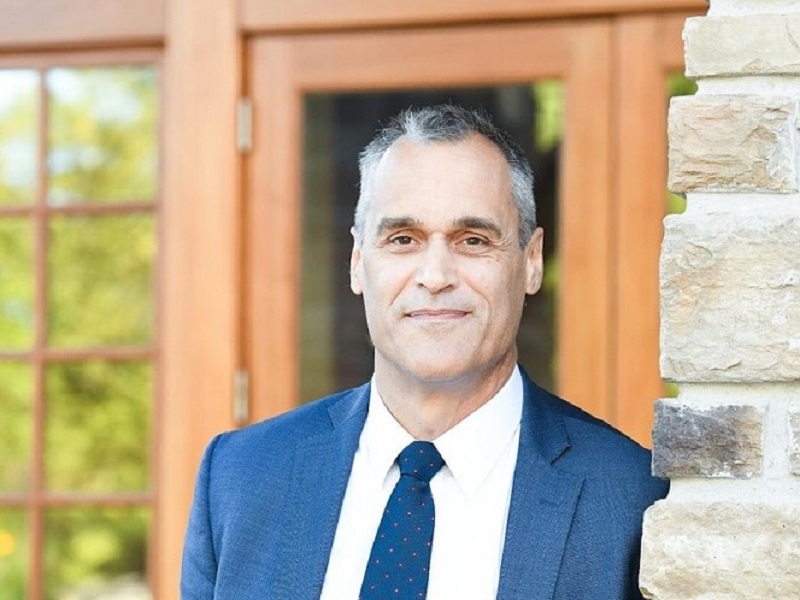

Risk misperception is inherent in humans and has been since stone-aged men and women first roamed the earth, said Dan Gardner, a senior fellow at the University of Ottawa’s Graduate School of Public and International Affairs, during the Canadian Investment Review’s 2022 Risk Management Conference.
People possess two systems that help them make decisions, he said, noting one system is quick, intuitive and rooted in one’s known experiences, while the other is conscious thought, at times making use of science and statistics, while processing information in a slow and laborious manner. But no matter the statistic or logic available, humans will defer to the first system, using their experiences and senses to make judgements on risks they encounter daily, said Gardner, adding that system is usually in the driver’s seat when it comes to decision-making and, routinely, it comes to incorrect conclusions.
Read: Expert panel: The concept of risk and risk management in value investing and modern portfolio theory
Gardner said the first system doesn’t think logically and carefully about available evidence; rather, it uses heuristics and biases, essentially little snippets of information, to develop an immediate response. He shared an example of an ancient man rustling up food on the plains of Africa. “One of the things he comes across is purple berries. . . . Bob has to decide [whether to] eat the purple berries.”
Gardner explained the tools Bob uses to deduce whether the berries are a risk are familiarity — whether the berries are new to him or he sees them every day — as well as affect, the emotions that can influence our judgements; availability, the commonality of any given thing; and social heuristics.
With affect heuristic, Bob determines he’s tried the purple berries many times and has yet to fall sick, therefore his brain identifies the berries as good and reduces his risk perception. Conversely, Gardner noted the opposite could also happen. “Our brains are constantly [slapping] emotional labels . . . on everything. We’re not aware of it, but believe me, they’re there.”
With availability heuristic, Bob may recall these berries are quite common and he knows someone who tried them and got sick, leading him to label the berries as risky, he said. Similarly, social heuristic allows Bob to recall how everyone he knows eats the purple berries without getting sick and it doesn’t occur to him that he could be the one exception.
Read: Communication key in pension risk management through coronavirus and beyond
However, it’s possible for people to train their brains to do the opposite and defer to the second system when assessing risk, said Gardner, noting humans can habitually train their subconscious to ignore this system’s impulsive snap decisions. One way investors can get in the habit of deferring to the second system is to explain their reasoning behind a decision to a colleague.
“If your analysis is pure [and] the data comes to this conclusion, you should be able to explain . . . every single step with perfect clarity. If you can’t, that’s a warning signal that there’s something else going on, that there may be a psychological factor, which is influencing your judgement in ways that may be inappropriate.”
Another mechanism that could help is to constantly ask for a second opinion, he added. “If you are a psychologically astute person who recognizes that [making mistakes] is human, [you’ll ask] other psychologically astute people [to] check [your] homework.”
He advised institutional investors to ask colleagues to go through their work to see whether the numbers are solid or if something else is affecting their judgement. “It’s not hard to understand, to identify when other people are making . . . inappropriately psychologically influenced judgements,” said Gardner, noting social media is a perfect example of a space where people are often over-committed to a viewpoint and all the various psychologically driven mistakes that lead to ridiculous conclusions are evident.
Read: Desire versus ability: the psychology of pension risk management
“It’s not hard to spot it in somebody else, [but it’s] hard as heck to spot it in yourself,” he added, suggesting investors aim to develop a relationship within their offices that recognizes everyone’s vulnerable to risk misperception, letting colleagues know they’re in this together and are there to double-check the work.
